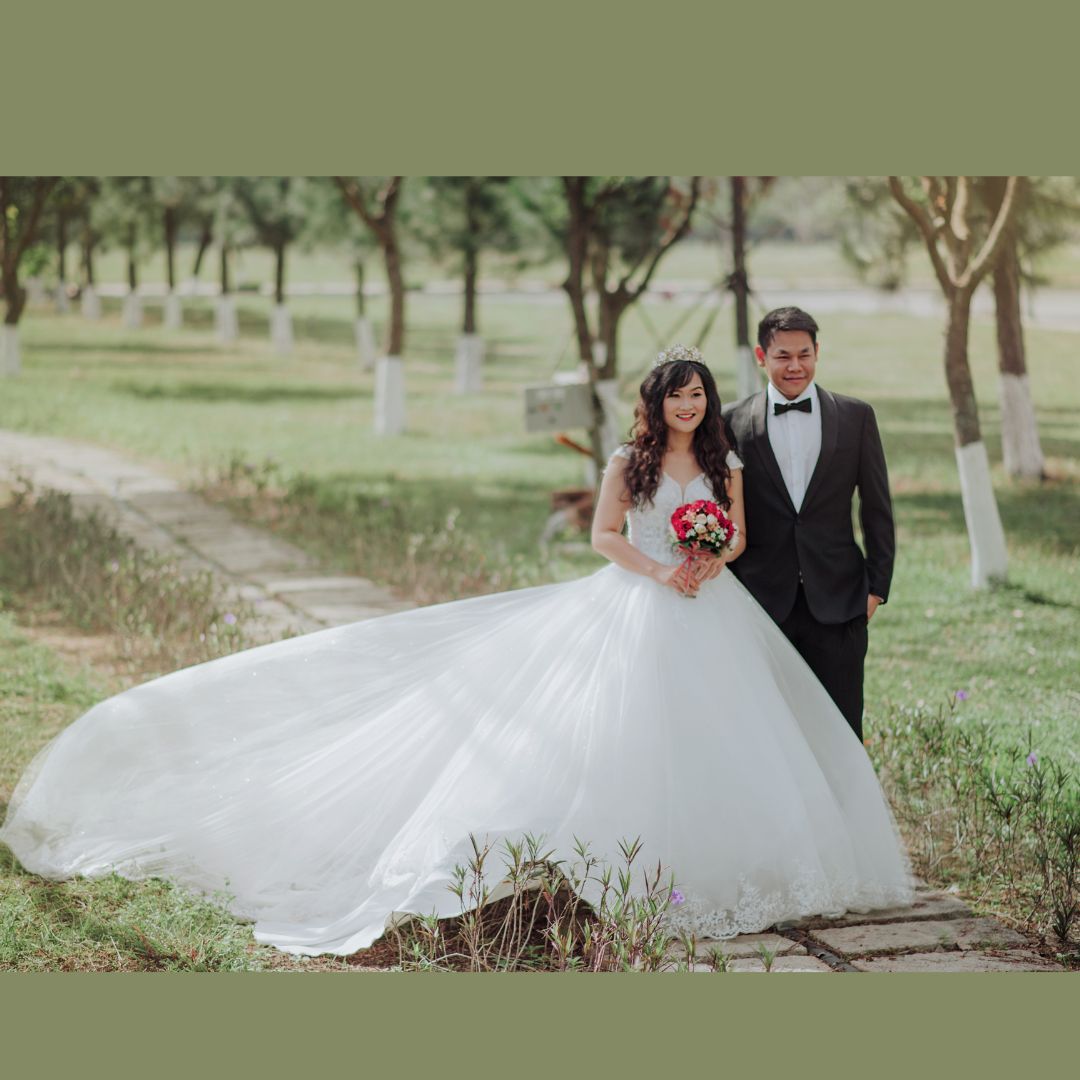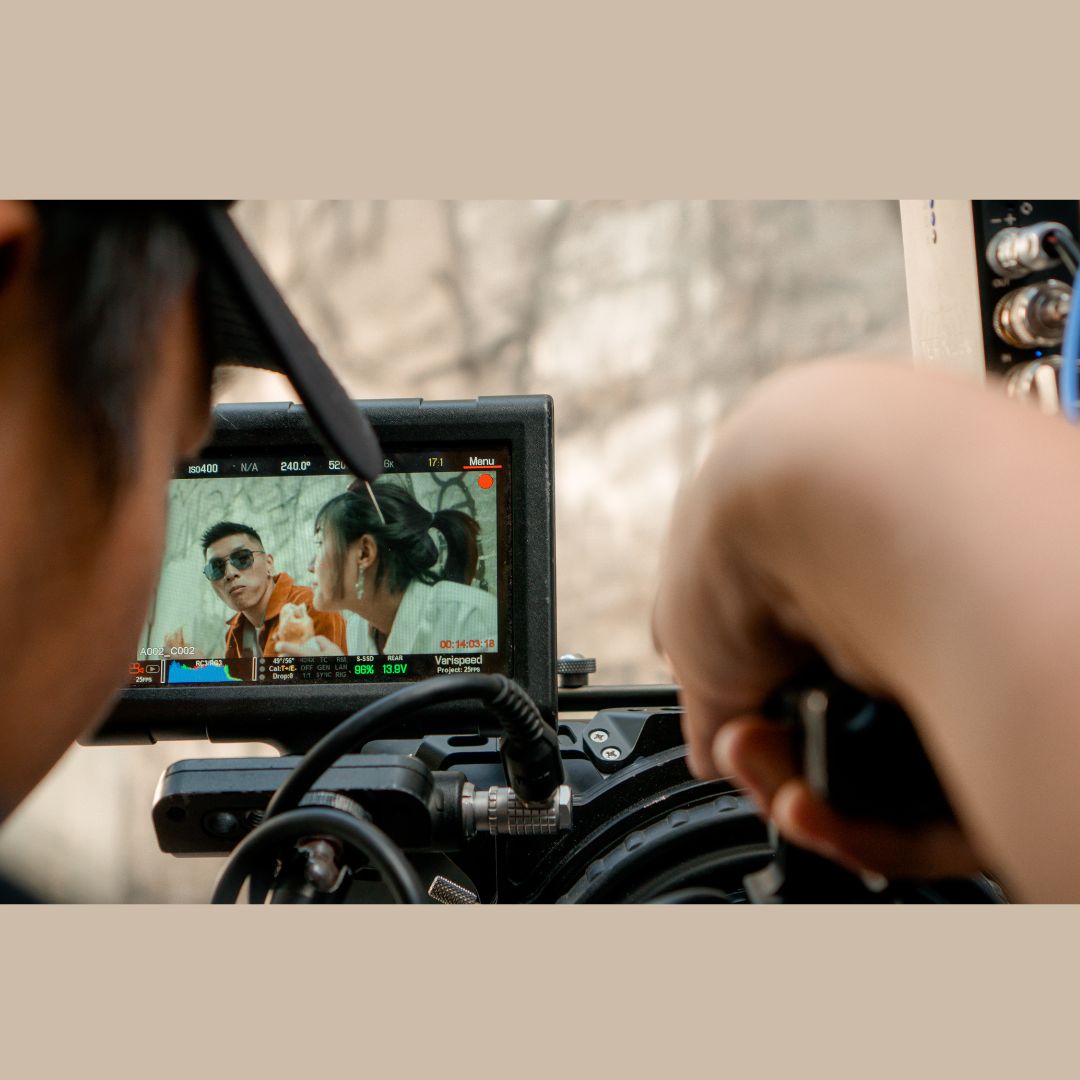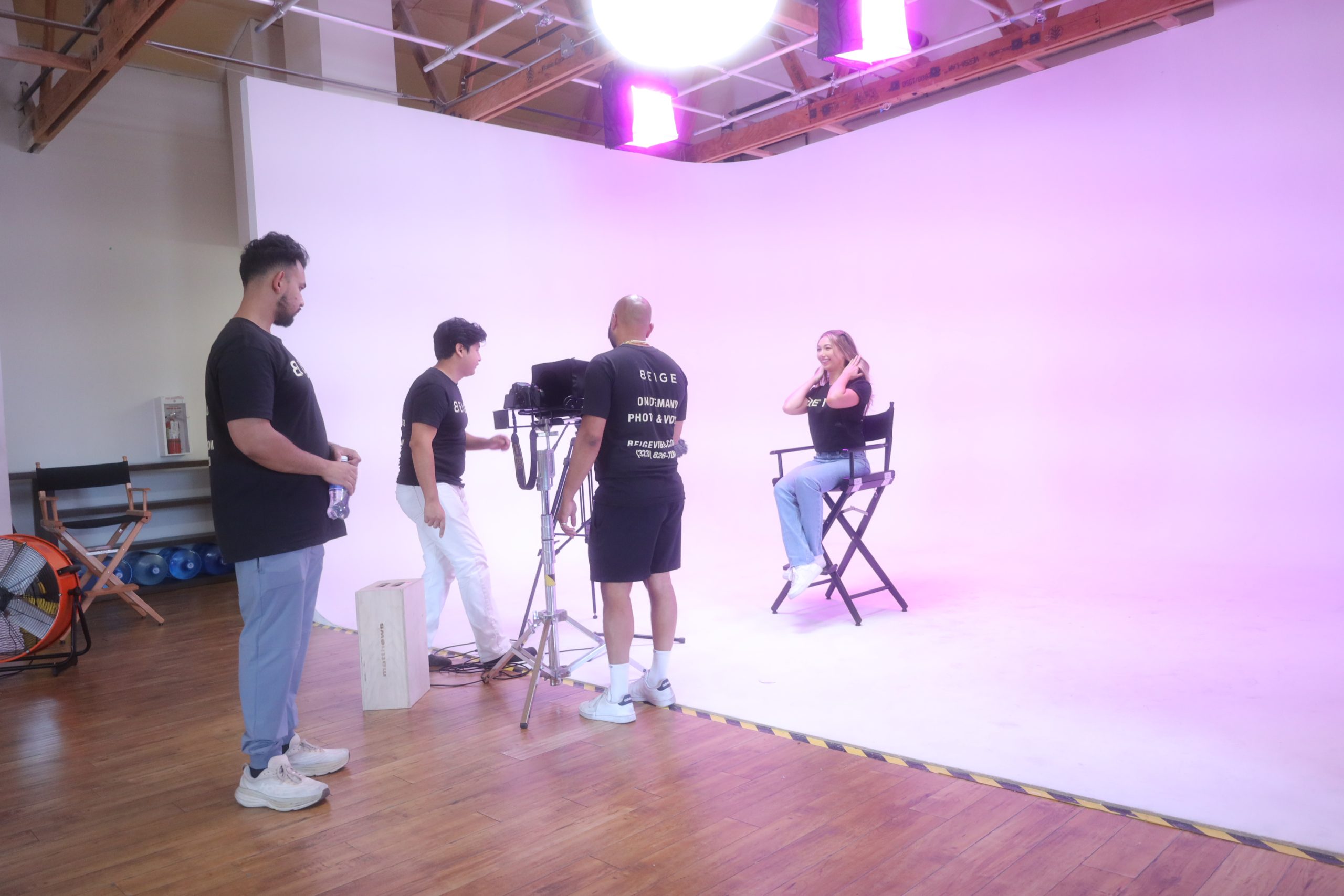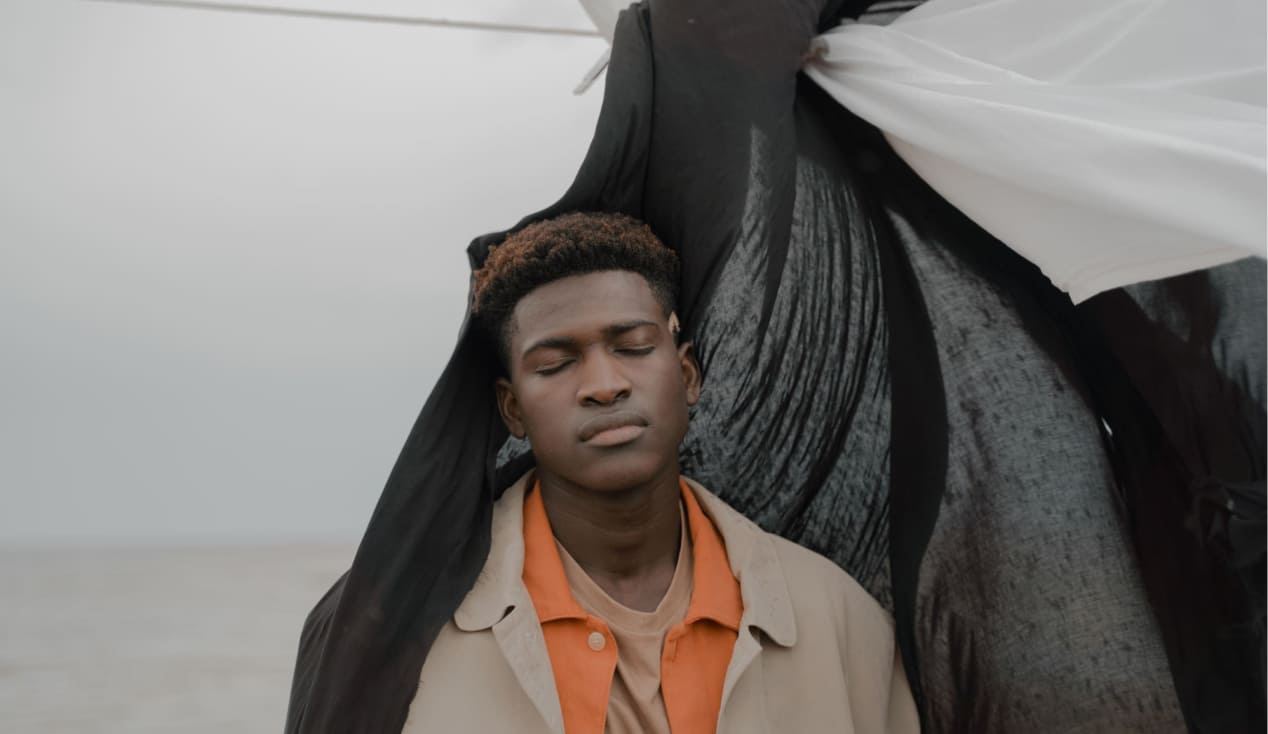No products in the cart.

Engagement Photo Session Tips: A Comprehensive Guide
Introduction: Everyone dreams of receiving a romantic proposal from their significant other. It resembles a childhood fantasy coming to pass. It really is a
Black and white photography at night offers a unique and captivating aesthetic that can bring out the beauty and mood of nighttime scenes. Understanding the basics of black and white photography is essential to create stunning images in low light conditions.
To start, black and white photography differs from color photography by focusing on tones, textures, and contrast instead of relying on vibrant colors. The absence of color allows for a more dramatic and timeless feel to the images, especially when capturing night shots.
Choosing black and white photography for night shots can enhance the atmosphere and ambiance of the scene. It can emphasize the play of light and shadows, making the composition more visually compelling.
However, there are challenges to overcome when practicing black and white photography at night. Low light conditions require careful exposure and ISO settings to capture the details without excessive noise and grain. Noise and grain can create a textured and vintage effect in black and white images, but managing them is crucial to maintain image quality.
Having the right equipment is essential for black and white photography at night. A camera with good low light performance, lenses suited for low light environments, and a sturdy tripod for long exposure shots are key tools to have in your kit.
To capture stunning black and white photos at night, various techniques can be employed. Long exposure photography can create mesmerizing light trails and smooth water effects. Playing with light and shadows can add dimension and depth to the image, while using silhouettes and contrast can create striking visual impact.
Post-processing is also a crucial step in black and white night photography. Adjusting exposure and contrast can bring out the desired tones and highlights, enhancing details and sharpness helps create a crisp image, and adding film grain effects can give a vintage look to the final result.
Drawing inspiration from famous black and white night photographers can provide valuable insights and ideas for your own work. Learning from their techniques and artistic vision can help improve your skills and develop your unique style in black and white night photography.
To gain a comprehensive understanding of the basics of black and white photography, it is important to consider a few key elements. First and foremost, contrast plays a crucial role in producing impactful images. It is essential to pay careful attention to the full range of tones, from deep black to pristine white. Additionally, focusing on capturing textures and patterns can greatly enhance the visual impact of black and white photographs. To achieve this, one can experiment with different lighting conditions and angles, as they have the ability to evoke various moods in your photos. By grasping these fundamental principles, you can nurture your skills and produce truly stunning black and white photographs.
Black and white photography differs from color photography in various aspects, such as capturing mood, emphasizing texture, and creating a timeless feel.
| Aspect | Black and White Photography | Color Photography |
|---|---|---|
| Mood | Black and white images often evoke a sense of nostalgia, drama, or melancholy. | Color images can convey a wide range of emotions through vibrant or muted tones. |
| Texture | Black and white enhances the textures and details in the image, making them more prominent. | Color can sometimes distract from the textures in the image. |
| Timelessness | Black and white images have a timeless quality that can give them a classic or artistic appeal. | Color images can feel more contemporary and capture the realism of the scene. |
How Does Black and White Photography Differ from Color Photography?
Black and white photography distinguishes itself from color photography in several ways. Firstly, it excels at capturing mood by often evoking a sense of nostalgia, drama, or melancholy. On the other hand, color photography can communicate a wide range of emotions through vibrant or muted tones. Secondly, black and white photography enhances the textures and details in an image, making them more prominent, whereas color can sometimes distract from these textures. Finally, the timeless quality of black and white images gives them a classic or artistic appeal, while color images tend to feel more contemporary and can capture the realism of the scene.
Why Choose Black and White Photography for Night Shots?
Choosing black and white photography for night shots can create unique and dramatic images. The absence of color allows for a focus on contrast, texture, and composition. By removing color distractions, black and white photography can capture the essence and mood of a scene. It can enhance the feeling of mystery, highlight the play of light and shadows, and emphasize the details and shapes. Black and white images tend to have a timeless quality that can evoke a sense of nostalgia or evoke powerful emotions. Ultimately, the choice to use black and white for night shots is a personal artistic decision that can result in striking and memorable photographs.
Capturing the essence of black and white photography at night comes with its own set of challenges. Faced with low light conditions, photographers must navigate the delicate balance between capturing vibrant images and dealing with noise and grain. In this section, we will uncover the obstacles that arise when capturing black and white photographs at night, exploring the difficulties posed by low light and the impact of noise and grain on the final results. Be prepared to discover how these challenges can both hinder and enhance the beauty of nighttime black and white photography.
Black and white photography at night can be challenging due to low light conditions. To overcome these challenges, here are some tips:
Experiment with these techniques to capture stunning black and white photos in low light conditions at night.
By applying these techniques and embracing the presence of grain, photographers can achieve captivating black and white night photos with minimal noise. However, it’s essential to remember that experimentation and practice play a crucial role in attaining the desired results.
When it comes to capturing the beauty of black and white photography at night, having the right equipment is key. In this section, we’ll explore the essential tools that will help you achieve stunning results. From the perfect camera to the right lenses and a reliable tripod, we’ll dive into the world of equipment necessary for creating captivating black and white images after dark. So grab your gear and let’s uncover the secrets to making your night photography shine in monochrome.
When it comes to capturing stunning black and white photos at night, it is crucial to choose the right camera. Consider the following factors:
Choosing the right lenses for black and white photography at night is crucial for capturing stunning, high-quality images.
A tripod is a crucial piece of equipment for capturing black and white photographs at night. It not only provides stability to prevent any camera shake, but also enables you to take long exposure shots without any blurring. When looking for a tripod, it is important to consider factors such as its weight, stability, and height. Several well-known brands of tripods are available, including Manfrotto, Gitzo, and Sirui. Look for features like adjustable legs and a quick-release plate for added convenience. Investing in a high-quality tripod will significantly enhance the sharpness and clarity of your black and white night photos. Never underestimate the importance of this essential tool in capturing breathtaking images.
Unleash your creativity and master the art of capturing awe-inspiring black and white photos at night. Discover the techniques that will take your photography skills to new heights in this section. From the mesmerizing effects of long exposure photography to the intriguing interplay of light and shadows, and the captivating use of silhouettes and contrast — prepare to be amazed as we explore the secrets behind these stunning black and white night shots.
Long exposure photography is a technique often used in black and white photography at night to create stunning and dramatic images. To achieve this effect, follow these steps:
Set up your camera on a stable tripod to avoid any camera shake.
Select a low ISO setting to minimize noise and grain in your image.
Choose a small aperture (high f-stop number) to increase depth of field and capture more detail in the scene.
Set your camera to the bulb mode or use a long shutter speed (between a few seconds to several minutes) to allow more light into the camera.
Use a remote shutter release or self-timer to avoid any camera movement when pressing the shutter button.
Experiment with different subjects and compositions to capture the desired effect, such as light trails, star trails, or smooth water.
With these techniques, you can create breathtaking black and white night photographs that showcase the beauty of long exposure photography. Happy shooting!
Playing with Light and Shadows is a fundamental technique in capturing black and white photos at night. It introduces depth, drama, and visual intrigue to your images. Here are a few ways to naturally incorporate Light and Shadows into your shots:
Black and white photography holds a significant and extensive history, originating from the early stages of photography itself. It served as the primary medium for early photographers, capturing the world in various shades of gray. Manipulating Light and Shadows played a crucial role in producing captivating and impactful images. Even today, black and white photography at night continues to mesmerize and inspire photographers worldwide, enabling them to create breathtaking and timeless compositions by harnessing the sheer beauty of Light and Shadows.
Using silhouettes and contrast is a powerful technique in black and white photography at night, allowing for stunning and dramatic compositions.
Looking to enhance your black and white night photos? Dive into our tips for post-processing and take your images to new levels. Learn how to adjust exposure and contrast to create striking compositions. Discover techniques for enhancing details and sharpness, bringing out the intricate elements of your nighttime shots. And if you’re after a touch of nostalgia, we’ll show you how to add film grain effects for a timeless, vintage feel. Get ready to unlock the true potential of your black and white night photography!
To adjust exposure and contrast in black and white night photography, follow these steps:
The process of adjusting exposure and contrast has undergone significant changes over time. Initially, photographers relied on techniques such as dodging and burning in the darkroom to regulate the exposure and contrast in their black and white night photography. However, with the emergence of digital photography, these modifications can now be executed effortlessly and accurately through software tools. This advancement has empowered photographers to exercise greater artistic influence over the final image, ultimately resulting in awe-inspiring black and white night photos.
To enhance the details and sharpness of your black and white night photos, here are some techniques you can consider:
| Technique | Description |
|---|---|
| 1. Focus on your subject: | Make sure your subject is in sharp focus by utilizing manual focus or selecting the autofocus point. |
| 2. Use a tripod: | A tripod provides stability and eliminates any unintended motion blur. This allows for longer exposure times, resulting in sharper images. |
| 3. Use a low ISO setting: | Higher ISO settings can introduce noise into your photos. To capture cleaner and sharper images, try using a lower ISO setting. |
| 4. Ensure proper exposure: | Correct exposure plays a vital role in capturing fine details. Monitor the exposure using the histogram and avoid over or underexposed areas. |
| 5. Post-processing: | Enhance details and sharpen the image using editing software. Adjusting contrast, clarity, and employing sharpening techniques can bring out the fine details effectively. |
Remember, incorporating these techniques will greatly enhance the details and sharpness in your black and white night photos.
Adding film grain effects to black and white night photos can enhance their visual appeal by adding a vintage and artistic touch. If you want to achieve this effect, follow these simple steps:
When it comes to black and white night photography, drawing inspiration from famous photographers can greatly enhance your work. To elevate your photography to the next level, consider the works of notable photographers renowned for their black and white night captures:
| Ansel Adams: | Renowned for his awe-inspiring black and white landscape photography, Adams’ expertise in light and composition serves as a valuable source of inspiration. |
| Weegee: | Known for his raw and gritty street photography taken at night, Weegee’s images uniquely capture the essence of urban life. |
| Brassaï: | Iconic for his photographs of Paris at night, Brassaï beautifully showcases the city’s beauty and mystery under the cover of darkness. |
Inspired by the artistic brilliance of these photographers, a young artist embarked on a solitary exploration of the city one night. Armed with their camera, they set out to encapsulate the hidden beauty of their surroundings. Eventually, they stumbled upon a dimly lit alley where a stray cat basked in the gentle glow of a streetlamp. With a single click of the shutter, they immortalized that fleeting moment, creating a captivating black and white photograph that truly captured the enchantment of the night.
Street photographer Vladimir Pcholkin recommends using different lenses for daytime and nighttime photography. During the day, he suggests using a 24mm f2.8 pancake lens, while at night, he recommends using a Sigma Art 18-35mm f1.8 zoom lens. This lens allows for handheld shooting at higher ISOs and offers flexibility for compositions. Pcholkin also suggests shooting in black and white at night to simplify the editing process and avoid issues with balancing colors.
Shooting black and white at night can create more poetic and dramatic images because it emphasizes the contrast between light and dark areas. The absence of color allows viewers to appreciate the scene’s composition and the shapes and shadows created by the light sources. Additionally, shooting in black and white can enhance the mood of the scene, capturing its unique atmosphere in a visually striking way.
Shooting in black and white at night avoids issues with color balance, especially when it comes to artificial lighting sources such as street lights. These lights can often appear unattractive in color, with tones that may look greenish or yellowish. By shooting in black and white, photographers can focus on capturing the mood and composition of the scene without the distractions or challenges of balancing colors.
Photographer Harold Davis shares a few examples of his black and white night photography. In one titled “Trees in the Fog,” he turned his attention to the intense orange street lighting coming through the trees in a parking lot. The scene appeared muddy in color, but the shadows created by the lights on the row of trees were visually intriguing. Another example titled “Point Bonita by Moonlight” features the Point Bonita Lighthouse with the lights of south San Francisco behind it, creating unique shapes and shadows. A third example called “Lunar Progression” captures the full moon rising from beneath the Golden Gate Bridge, created using a technique where each exposure of the moon overlapped 50% with the previous exposure.
As the name suggests, black and white photography at night is best done during nighttime hours. The absence of natural light and the presence of artificial nighttime lighting sources create opportunities for capturing unique and unusual scenes. The combination of darkness and light sources allows for strong contrast and interesting compositions. However, it is important to keep in mind that shooting at night requires strong composition and an understanding of light and shadows to create visually stunning black and white images.
Shooting black and white at night simplifies the editing workflow by eliminating the need to balance colors. When shooting in color at night, artificial lighting sources like street lights can introduce unwanted color casts, making the editing process more challenging. By shooting in black and white, photographers can focus on enhancing the contrast, mood, and composition of the scene without the additional complexity of color adjustment. This allows for a more streamlined editing process and the ability to create visually impactful black and white images.
Lorem ipsum dolor sit amet, consectetur adipiscing elit. Suspendisse varius
enim in eros elementum tristique.






